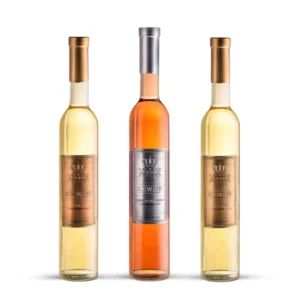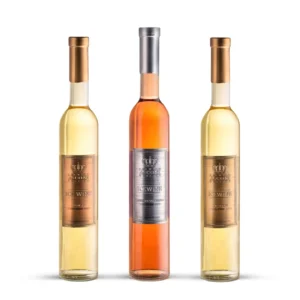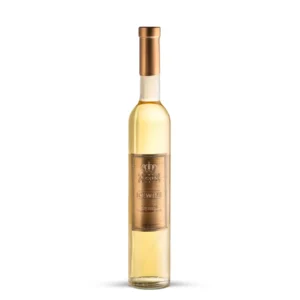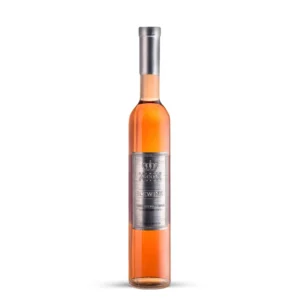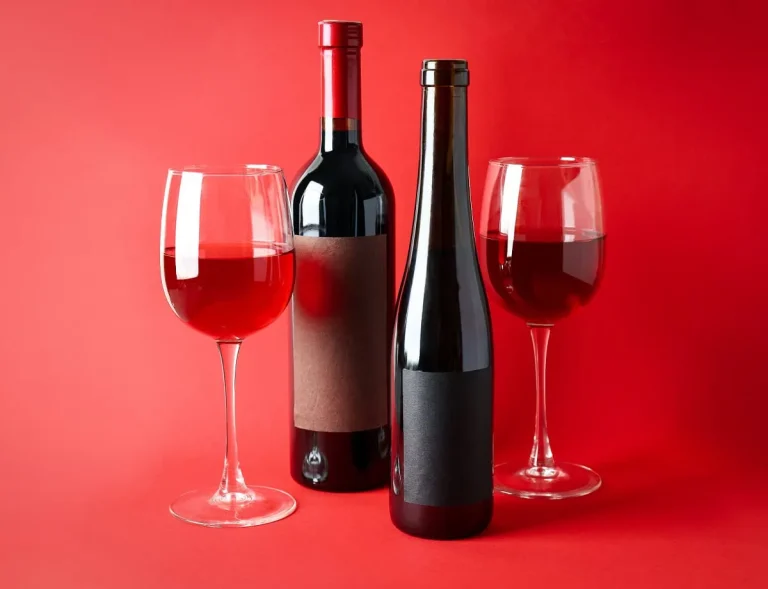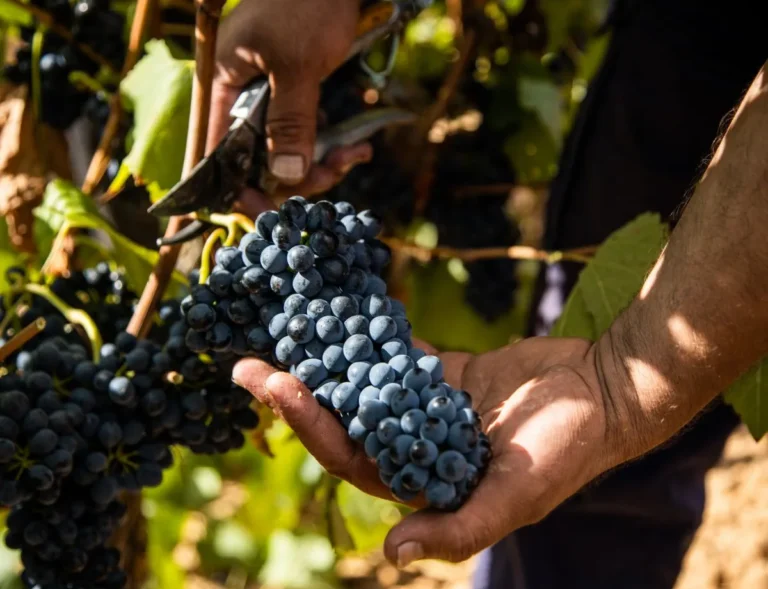🎁 Buy 6 Bottles, Get 6 FREE
How to Make Wine? Avoid These Common Mistakes

Wine has been loved for thousands of years. If you want to make wine at home, you’re in the right place. This guide will show you how to make homemade wine so you can enjoy your bottles and impress your friends and family. Let’s begin by looking at the history and science of winemaking.
Understanding the Basic Principles of Fermentation
Winemaking starts with fermentation, where yeast turns grape sugars into alcohol and carbon dioxide. This process creates unique flavours and aromas. Mastering fermentation is essential for delicious homemade wine.
Ingredients for Winemaking
Essential Ingredients
– Grapes: Different Varieties (Red, White, Specialty)
Red and white grapes each have different flavours, and special types add unique traits. Pick your grapes based on the wine you want to make.
– Sugar
Sugar is important for fermentation. It feeds the yeast to turn it into alcohol. Depending on your grapes, you might need to add more sugar for the right sweetness and alcohol level.
– Yeast
Yeast is the tiny organism that makes fermentation happen. There are different types, each giving your wine a unique flavour. Try different yeasts to find the one you like best.
– Water
Use clean, filtered water to adjust your wine’s consistency and volume, avoiding impurities that affect taste.
– Optional Additives (Tannins, Oak Chips, etc.)
Add tannins and oak chips to make your homemade wine more complex. Tannins add structure, and oak chips give a woody taste. Use a little for balance.
A winemaker never, never changes the character of a wine. The character comes from the grapes.
Choosing the Right Grapes
Differences Between Red and White Grapes
Red grapes have thick skins and more tannins, adding to the wine’s structure and ageing. White grapes have thin skins, giving a lighter, crisper taste. Choose based on your wine preference.
Selecting Grapes Based on Desired Wine Type
Different grapes make different wines. Merlot grapes give rich, fruity red wines, while Chardonnay grapes produce full-bodied white wines. Choose grapes that match your taste.
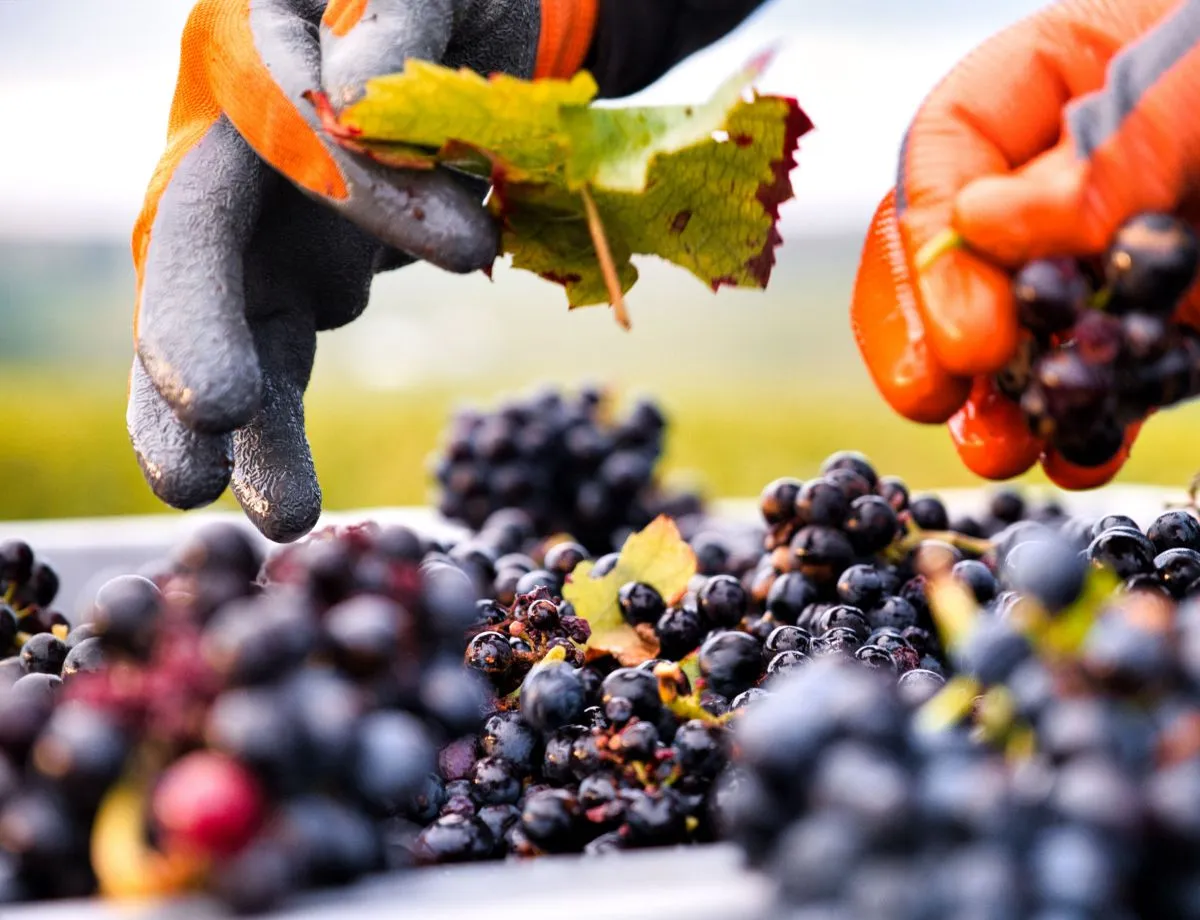
Equipment Needed for Winemaking
Basic Equipment
– Fermentation Vessels (Buckets, Carboys)
Use buckets or carboys to hold your wine while it ferments. Make sure they are food-grade and clean to avoid contamination.
– Airlocks
Airlocks let carbon dioxide out during fermentation and keep oxygen from getting in, which stops spoilage. They’re a small but important part of your winemaking setup.
– Hydrometer
A hydrometer checks the specific gravity of your wine, helping you track sugar levels and fermentation. It’s essential to make sure your wine reaches the right alcohol content.
– Bottles and Corks
When your wine is ready, you’ll need bottles and corks for storage. Pick good quality ones to keep your wine in top condition.
Advanced Equipment
– Presses
A wine press squeezes juice from crushed grapes, separating it from the skins and seeds. It’s important for making red wines where the grape skins need to be included.
– Filtering Equipment
Filtering equipment takes out unwanted particles, making your wine clearer and look better. It’s optional but suggested for a smooth final product.
– Bottling Machines
For those making large amounts, a bottling machine makes the process easier, keeps the fill levels consistent, and reduces spills.
Cleaning and Sterilisation of Equipment
Thoroughly clean and sterilise all equipment to avoid contamination. Use winemaking sanitising solutions for safe and effective tools.
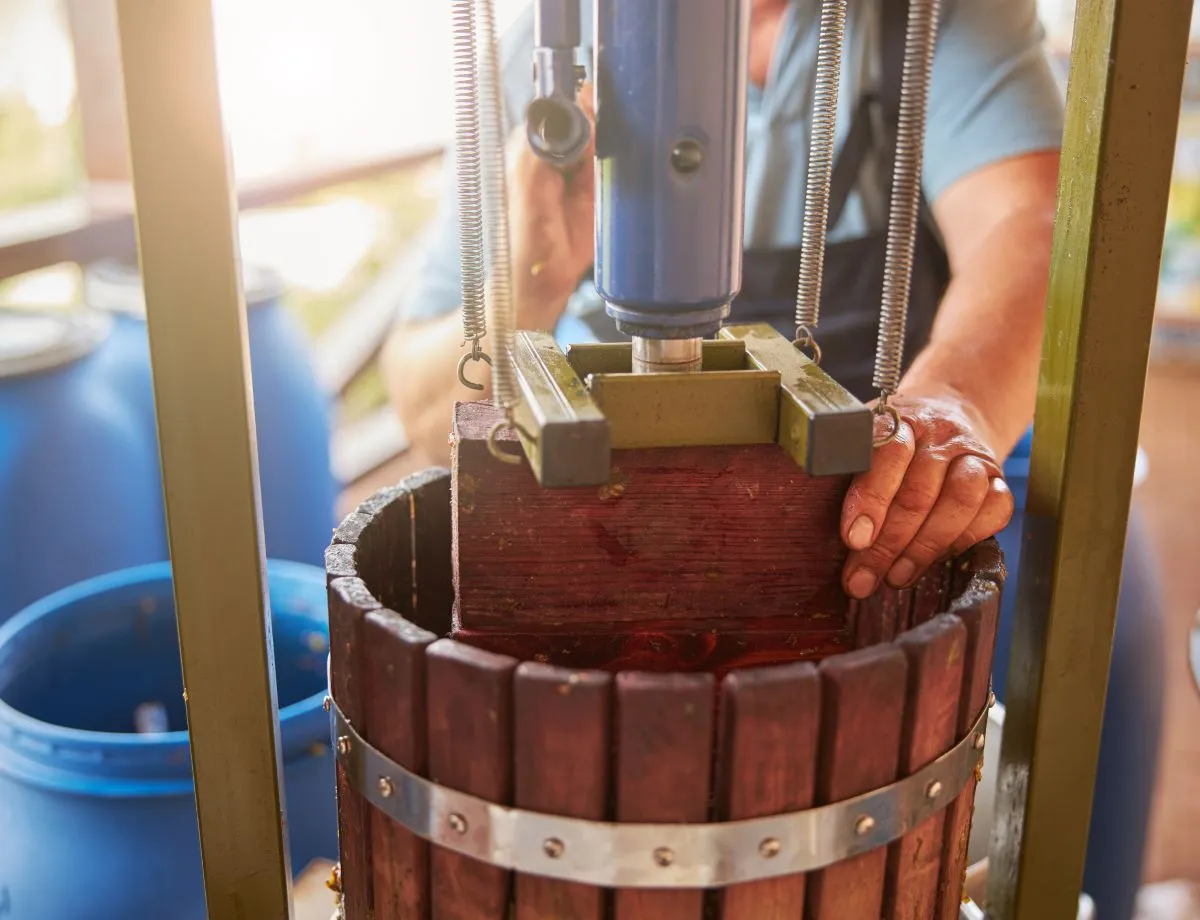
The Winemaking Process
Preparation and Setup
Sanitising Equipment
Begin by cleaning all equipment. Contaminants can spoil your wine, so thorough cleaning is key. Use a no-rinse sanitiser for ease and effectiveness.
Setting Up Your Workspace
Organise your workspace to ensure a smooth process. Have all ingredients and tools within reach and work in a clean, well-ventilated area.
Step-by-Step Winemaking
1. Crushing and Pressing Grapes
Begin by crushing and pressing your grapes. This releases the juice and pulp, setting the stage for fermentation. For red wines, leave the skins in contact with the juice for added colour and tannins.
2. Primary Fermentation
Primary fermentation is active and lasts one to two weeks. Yeast eats most of the sugar, creating alcohol and carbon dioxide. Use a hydrometer to check sugar levels. Add sugar if needed to keep fermentation on track. This helps balance sweetness and alcohol content.
3. Racking and Aging
Racking is moving wine to a new container to remove sediment. Do it after fermentation and during ageing to clarify the wine. Ageing improves the flavour. Use barrels for a woody taste or bottles for a cleaner profile. Try different ageing methods to find what you like.
4. Secondary Fermentation
Secondary fermentation is slower, lasting several weeks to months. It refines the wine’s flavours and stabilises its structure. Patience is key during this stage.
5. Stabilisation and Clearing
Fining agents, such as bentonite or egg whites, clear your wine by attaching to unwanted particles. Use them carefully for a clear result. Cold stabilisation means chilling your wine to remove tartrate crystals, which improves clarity and stability, particularly for white wines.
6. Bottling and Corking
Choose good quality bottles. Dark glass bottles are best for red wines to shield them from light. Use a corker to securely seal the bottles, then store them horizontally to keep the corks wet and avoid oxidation.
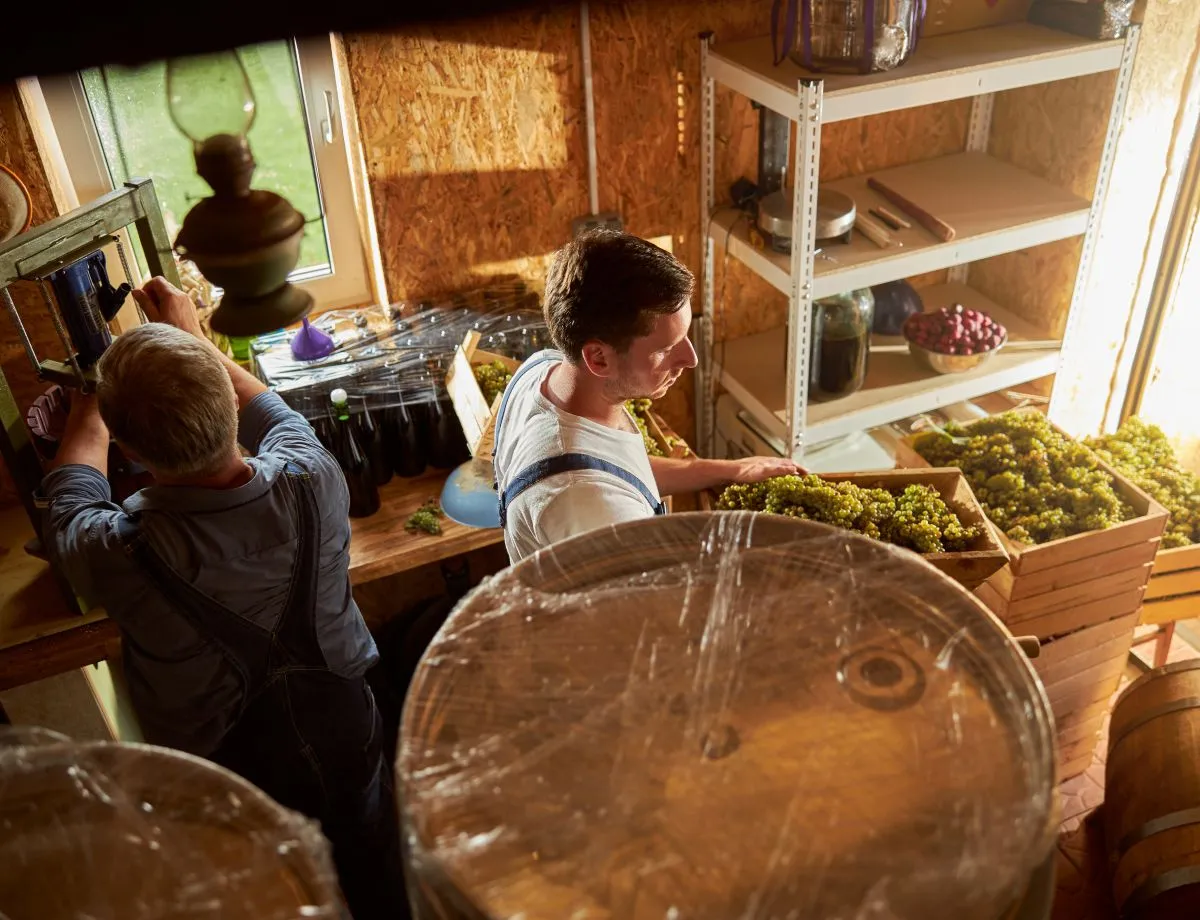
Tips for Making Different Types of Wine
Making Reds
Fermentation on Skins
Fermenting red wines with skins adds colour, tannins, and complexity. Monitor the process closely to achieve the desired profile.
Tannin Management
Manage tannin levels by controlling skin contact time and using fining agents if necessary. Proper tannin balance enhances your wine’s structure and ageing potential.
Making Whites
Pressing Before Fermentation
Press white grapes before fermentation to separate juice from skins, producing a lighter, crisper wine. This step is crucial for achieving the desired taste.
Managing Acidity
Acidity is vital for white wines. Monitor and adjust pH levels to ensure a balanced, refreshing flavour.
Making Specialty Wines
Rosé
Rosé is made by limiting skin contact time, resulting in a pink hue. Experiment with different grape varieties and fermentation times to perfect your blend.
Sparkling
Sparkling wine involves a secondary fermentation to produce bubbles. Use champagne yeast and bottles designed for pressure to create this festive wine.
Fortified
Fortified wines, like Port or Sherry, involve adding spirits to increase alcohol content. This step requires careful timing and blending for a harmonious result.

Troubleshooting Common Winemaking Problems
Fermentation Issues
Fermentation can be slow or stop because of temperature changes or lack of nutrients. Fix the conditions and try adding yeast nutrients to solve these problems.
Off-Flavors and Aromas
Off-flavours and aromas often result from contamination or fermentation problems. Find the cause and fix it by adjusting pH levels or using fining agents.
Clarity Problems
Cloudy wine can be clarified using filtration or fining agents. Keep equipment clean to avoid problems later.
Storing and Enjoying
Proper Storage Conditions
Temperature
Store it at a consistent temperature, ideally between 55-65°F. Fluctuations can affect flavour and ageing.
Humidity
Maintain humidity levels around 60-70% to keep corks moist and prevent oxidation.
Serving Suggestions
Decanting
Decanting helps aerate wine, enhancing its flavours and aromas. Use a decanter for older or robust wines.
Ideal Serving Temperatures for Different Wines
Serve red wines at room temperature (60-65°F) and white wines chilled (45-50°F). Proper serving temperatures enhance the tasting experience.
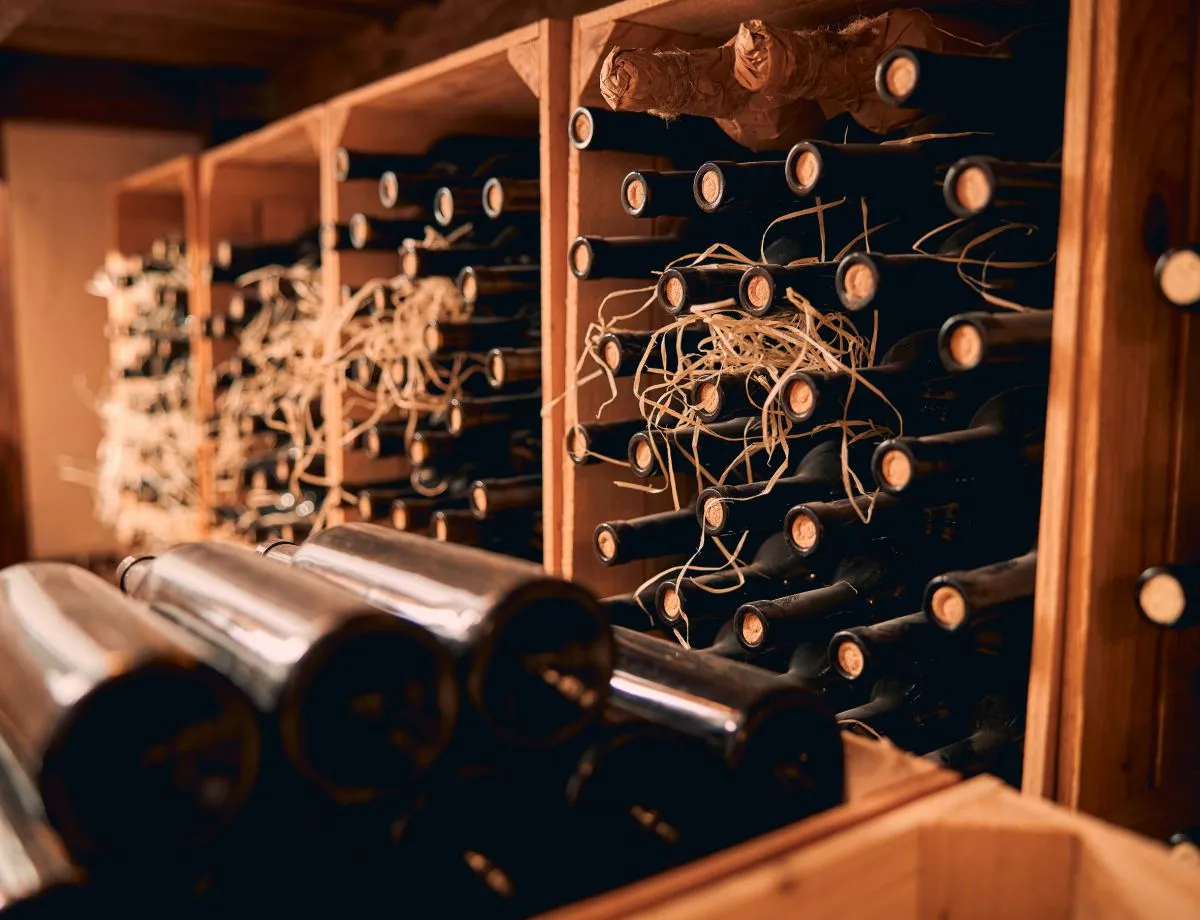
Personal Experience 🙂
When I started making wine, I was excited but also nervous. My first red was a mix of enthusiasm and overconfidence. I skipped a crucial step of removing sediment after fermentation, thinking it didn’t matter. The result was a cloudy wine with a muddy taste and off-flavours. It taught me the importance of clarity in winemaking.
I was eager to try sparkling next. My first attempt at secondary fermentation failed because I didn’t use proper pressure bottles, leading to an explosion in my cellar. I learned a lesson about safety and adjusted my approach. Eventually, I made a delightful bubbly that became a family favourite.
Final Thoughts
Making homemade wine is a fun and rewarding activity. Picking ingredients and tools, learning about fermentation, and ageing are important steps to create a tasty wine. Don’t hesitate to try new things and enjoy every step. With practice, you’ll make wines that match your taste. Cheers to your winemaking adventure!
Your Wine Questions Answered
The primary steps in making wine include crushing and pressing grapes, primary fermentation, racking and ageing, secondary fermentation, stabilisation and clearing, and finally, bottling and corking. Each step plays a crucial role in developing the flavours and overall quality of the wine.
